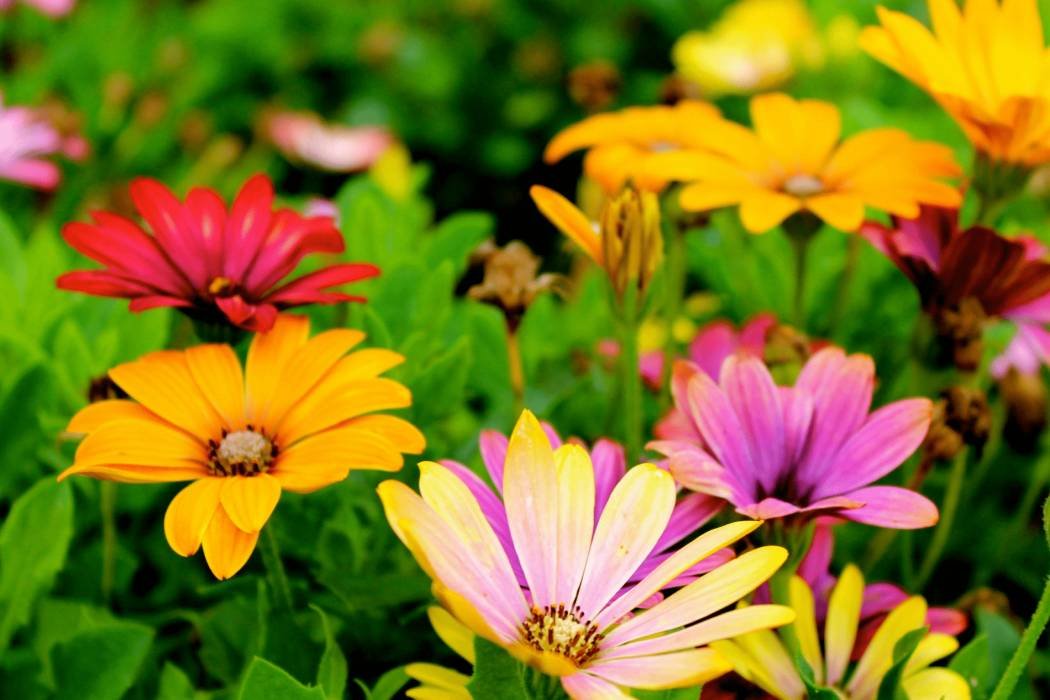Creating and maintaining a garden that thrives is one of the most rewarding experiences in the world. If you are a beginner a gardener or one who has many years as a gardener, there will always be something that you will learn with the time you spend making the garden of your dreams.
Here we are giving you ten tips that are going to help you build a garden that can keep you engaged in the best way possible as a hobby
1 Knowledge of soil
The basic foundation of a healthy garden is always the soil that is going to be the base of your garden A big part behind the growth of your plants is the soil type that you have. The first thing you need to know is that you need to test your soil and understand the level of pH and content of nutrients. There are many extension services or garden centers that can offer soil testing kits. Based on your results, you might need to amend the soil with lime, compost, and other organic material which is going to ensure that the right balance of pH and nutrients is followed. Good soil is usually well-drained, loamy, and very rich in organic matter.
2 Choose the plants according to climate
You need to know that not all plants grow in all climates but the plants that grow in specific climates will need that specific climate to grow. Different time zones help the different plants in your garden and the microclimate which includes the exposure of the sunlight and patterns of the wind. You must opt for plants that are adaptable to the local conditions because they will be a lot more resilient and have less maintenance. There are native plants that are great choices because they are adapted to the local weather conditions and soil
3. Planning the layout of the garden
A planned layout of the garden is something that makes a huge difference in how well the space gets used and how the plants thrive. Thinking about the size of the plants and the requirements of spacing can prevent overcrowding. If taller plants like sunflowers or even tomatoes are placed on the garden’s north or east side, they will avoid shorter plants being shaded. Group plants that need similar light and water can be done together. This is going to help in the management of the plant and its growth as well as the management of resources
4 Wise watering of the Garden
Watering is among the biggest important aspects of gardening so it is important to manage underwatering or overwatering as both of them may be detrimental. Water the garden and be infrequently to encourage deeper root growth. The early morning is the most important time for watering as it reduces evaporation and allows plants the moisture before the heat of the day. Using mulch to retain the soil moisture and reduce the water needs
5. Appropriate fertilization
Plants grow only when they are provided with nutrients and the nutrition for plants is fertilization. There are different plants and all of them need different things so the right type of fertilizers must be used for the right plants. The organic options such as manure, bone meal and improve the structure of the soil and the fertility of the plant over some time. There must be no over-fertilization.
6. Regular pruning
Pruning here refers to the maintenance of the health of the plant and encouraging the growth of the plant. Many plants require the removal of dead or diseased branches. There is a need for pruning the fruit trees for the improvement of light penetration and production of fruits. The booming period needs to be increased by maintaining the flowers and removing the dead floors.
7. Managing the diseases and pests.
Pests and disease contribute to the quick degradation of a garden if it is not managed properly. The management of pests is a strategy that needs to be followed while gardening to keep the garden eco-friendly and the soil does not get damaged. The plants must be regularly inspected for various signs of trouble like the discoloration of leaves or the visibility of insects.
8. Mulching
There are many benefits offered by the process of mulching for the health of your garden. Organic mulches like wood chips and straws or even leaves help in the retention of the moisture of the soil and in suppressing the weeds, improving the structure of the soil as they then decompose. Applying a layer of the plants’ mulch and keeping it some inches away from the trunks as well as the stems will avoid rot.
9. Combined planting
This is a very effective process where companion planting involves growing many plants together as these plants together benefit each other. Some of these plants help in repelling pests, attracting beneficial insects, or improving the conditions of the soil for the neighbors. There are instances of marigolds helping in deterring pests and nematodes and beans that are grown next to them can help in fixing the nitrogen in the soil. This will help other plants such as tomatoes. You need to look at the various options that can be done together to improve overall productivity and health.
10. Different care for different climates.
It is important that gardening is seen as an activity that takes place all through the year and the plants must be grown according to season. There are different types of care required for summer and winter plants. The summer plants will need watering and pest control. When it comes to fall, prepare the garden for the winter by cleaning debris, planting covers, and mulching. Winter is a good time for preparation and working on the tools.
So if you are working on your garden and plan to pursue it as more than just a hobby, following all the above tips can help you go a long way in developing a professional garden that keeps you in a good space in your head.







Leave a Comment